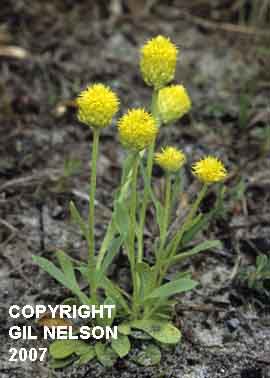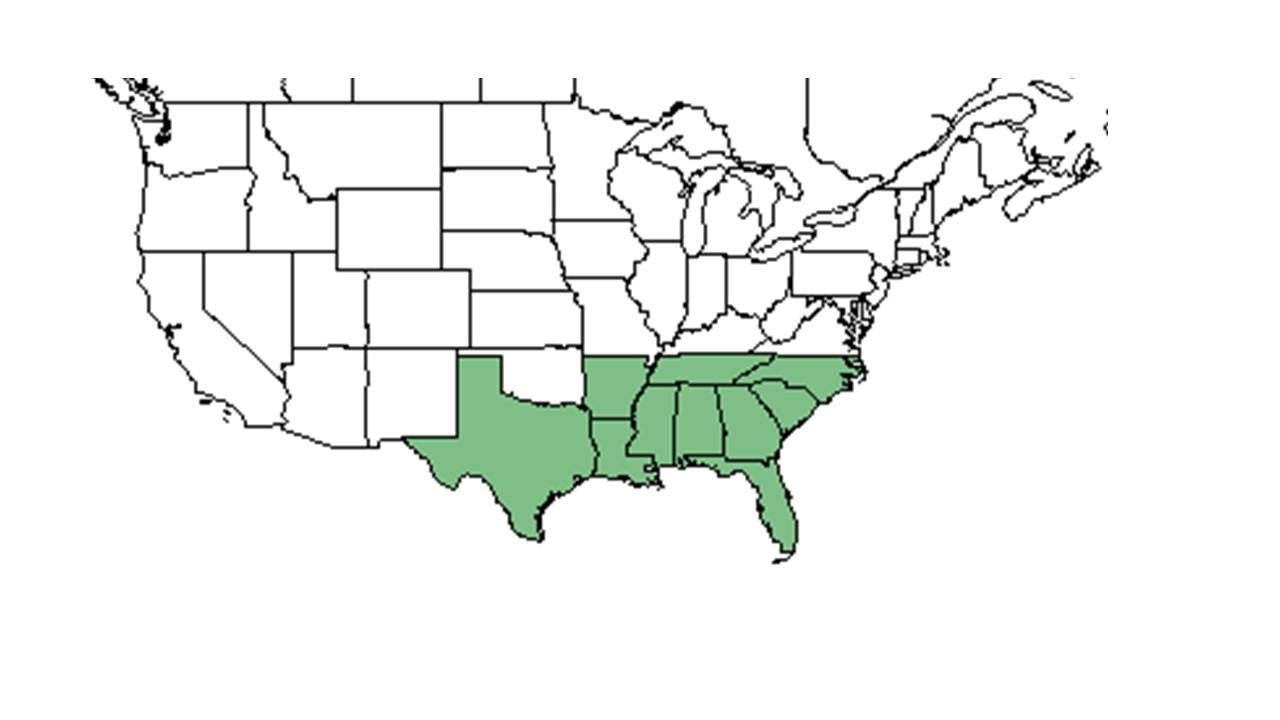Difference between revisions of "Polygala nana"
KatieMccoy (talk | contribs) |
KatieMccoy (talk | contribs) (→Ecology) |
||
| Line 35: | Line 35: | ||
===Use by animals=== <!--Herbivory, granivory, insect hosting, etc.--> | ===Use by animals=== <!--Herbivory, granivory, insect hosting, etc.--> | ||
===Diseases and parasites=== | ===Diseases and parasites=== | ||
| + | |||
==Conservation and Management== | ==Conservation and Management== | ||
==Cultivation and restoration== | ==Cultivation and restoration== | ||
==Photo Gallery== | ==Photo Gallery== | ||
==References and notes== | ==References and notes== | ||
Revision as of 12:27, 6 October 2015
| Polygala nana | |
|---|---|

| |
| Photo taken by Gil Nelson | |
| Scientific classification | |
| Kingdom: | Plantae |
| Division: | Magnoliophyta – Flowering plants |
| Class: | Magnoliopsida – Dicotyledons |
| Order: | Polygalales |
| Family: | Polygalaceae |
| Genus: | Polygala |
| Species: | P. nana |
| Binomial name | |
| Polygala nana (Michx.) DC. | |

| |
| Natural range of Polygala nana from USDA NRCS Plants Database. | |
Common name: candyroot
Contents
Taxonomic notes
Description
Distribution
Ecology
Habitat
This species has been found in open, well-drained wiregrass-pine flatwoods and interdune swales growing on both dry and moist sands (FSU Herbarium). Observed species in sandhill longleaf pine habitat that has 1 to 3 year fire return intervals. Also seen near cypress pond, about 1 to 2 feet from water’s edge of Pebble Hill Plantation C plots. (Michelle M. Smith – early summer 2014 and 2015).P. nana has also been found growing along the sides of highways and in the wetlands of clear cut areas (FSU Herbarium).